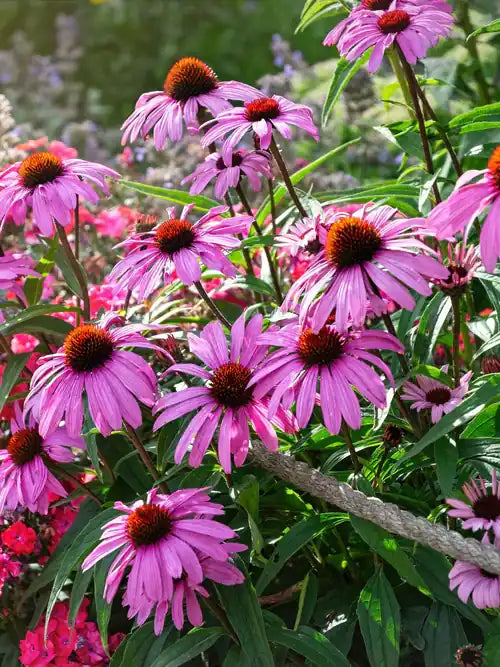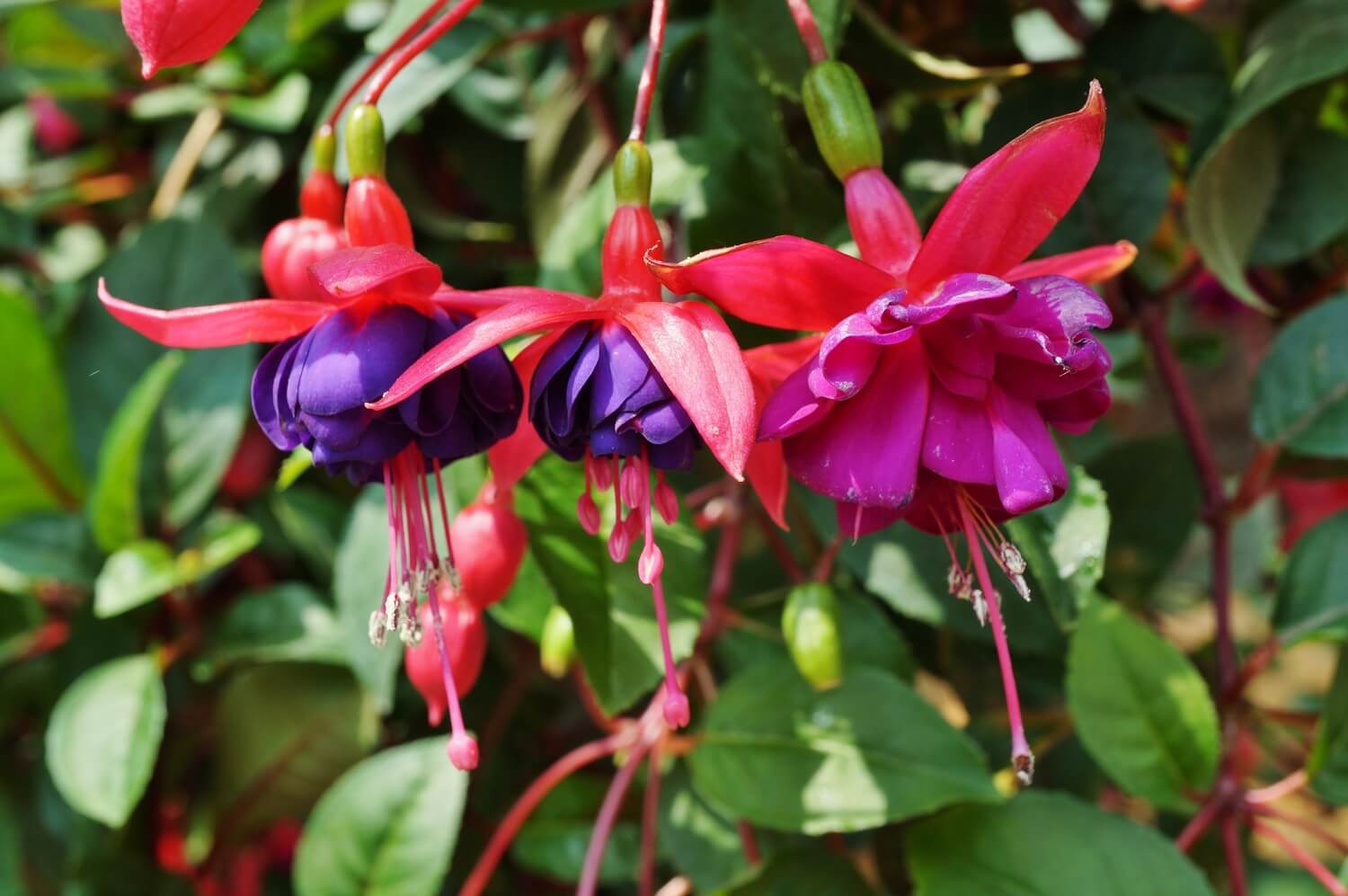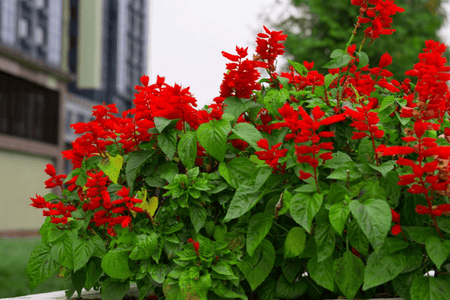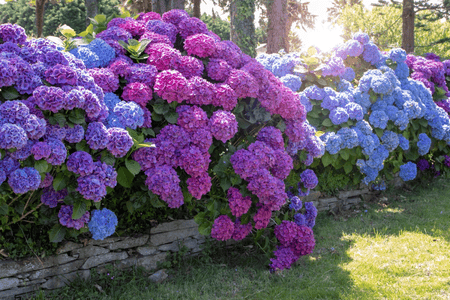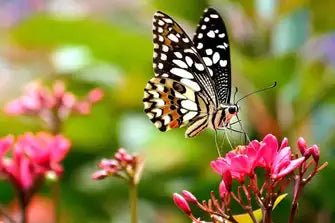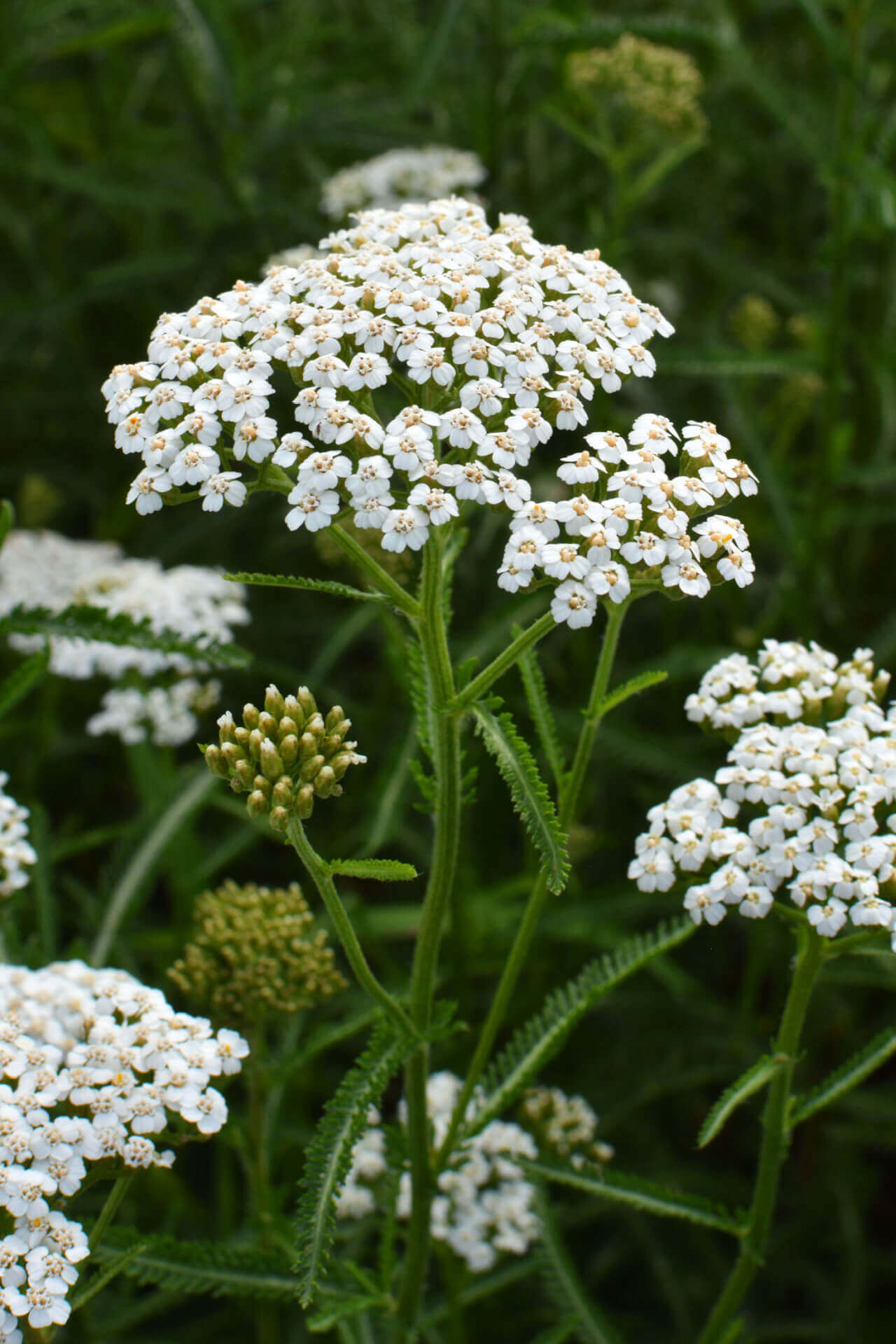Fall Blooming Perennials – Color That Lasts Until the Frost
Just when many gardens begin to fade, fall blooming perennials step up and steal the show. These plants bring rich, vibrant color and renewed life to your landscape when other blooms are winding down. Our collection of this perennials is curated to help you extend your garden’s beauty well into the cooler months with dependable, low-maintenance plants that return every year.
Late Season Blooms That Brighten Every Garden
Fall isn’t the end of the gardening season—it’s the grand finale. These perennials are chosen for their ability to bloom through shorter days and cooler nights, adding texture and color just when it's needed most. Whether you’re creating a pollinator-friendly patch or refreshing tired garden beds, these selections add beauty long after summer ends.
Top Fall Bloomers from Our Collection:
- New England Aster – Bold purple or pink blooms that attract butterflies late into the season.
- Goldenrod – A bright, pollinator-friendly bloomer that lights up the landscape in early fall.
- Black Cohosh – Elegant white flower spikes that shine in partial shade.
- Sedum ‘Autumn Joy’ – Fleshy foliage and long-lasting pink flowers that deepen as temperatures drop.
Why Choose Fall Blooming Perennials from TN Nursery?
We grow tough, native-friendly perennials that are shipped bare root and ready to thrive. These fall bloomers aren’t just beautiful—they’re built for lasting performance in real-world gardens. Whether you’re planting for wildlife, extending seasonal color, or creating late-season interest, our fall blooming perennials will rise to the occasion year after year.
Browse our collection and bring lasting color, texture, and life to your garden—right through the heart of autumn.
